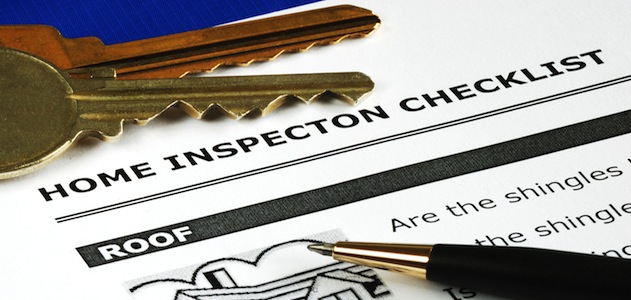The new default property inspection forms drafted by Fannie Mae and Freddie Mac are scheduled to go into effect no later than Jan. 1, 2016. The National Association of Mortgage Field Services (NAMFS) has raised concerns about the scope of work requested to the agencies as well as the mortgage servicing industry. The new inspection form redefines the role of default property inspector and may hinder the GSEs' objective of providing qualified assessments of property condition solely based on inspections.
The role of the field services inspector is to determine whether a property is occupied or vacant, with some of that responsibility shared by the loan servicer who should have direct contact with the borrower. The inspector also reports any visible damage to the property and whether the property is secure to weather and unlawful entry. Compensation has been based on these basic factors. The new forms add a significant number of new data points along with a defined list of photo requirements without addressing compensation.
The concern of field services providers focuses on the agencies' reliance on a property inspection to determine the full extent of interior and exterior property damage, including what is not clearly visible. Additionally, there is an expectation for the inspector to make recommendations for repairs and to assess insurable and environmental damages.
NAMFS can point to certain newly required tasks and how they are out of scope of a default property inspection ─ and why.
Foundation and structural reporting
The proposed property checklist requires the inspector to determine if a property’s foundation shows damage, if a porch or deck is unsafe and if crawl spaces need to be secured. The inspection checklist allows only for a “yes,” “no” or “N/A” response. Requiring the inspector to recommend repairs or holding the inspector responsible for reporting unseen foundation damage puts all parties and the property at risk. Another example is the checklist requires an inspector to accurately assess roof damage while inspecting from the ground.
When a property inspector does report visible damage, the loan servicer may request that a preservation contractor perform a property condition report. The preservation contractor is equipped to access and evaluate areas that a property inspector cannot, inclusive of providing detailed estimates related to necessary repairs.
If the goal is to have a qualified assessment on a property’s foundation and structure, a state licensed contractor is needed/required to provide the answers. According to HomeAdvisor.com, the cost of hiring a licensed contractor to inspect a property’s foundation and provide a recommendation for repairs is approximately $500 with an additional fee for bids, drawings and permits. The compensation for a default inspection is not compatible with the engineering or state licensing required to accurately evaluate a property’s foundation and structure.
HVAC, plumbing and electrical
Assessing HVAC, plumbing and electrical is another area where licensed contractors are needed to provide expertise. Checklist questions about whether the sump pump is operational and if components of HVAC units are missing cannot fully be answered during a default inspection. Additionally, the utilities in vacant property are typically turned off, making it impossible to determine whether they are in proper working order.
In states where freezing temperatures are a concern, the preservation contractor would have performed a “winterization.” Winterization involves turning off the water at the exterior, draining and blowing air through the lines/hot water tanks/boilers and adding antifreeze throughout the plumbing system to prevent damages to the plumbing/heating systems.
Typically, default property inspectors carry no certifications/licensing to determine the state of a property’s HVAC, electrical and plumbing systems. A licensed electrician, plumber or HVAC technician is needed to accurately answer these questions on the new property inspection form.
Environmental concerns, pools, insurable damage
Certain fields on the form are difficult to answer because the questions are vague. Questions on exterior inspections such as, “Are there required repairs, are there any environmental concerns and is the pool/hot tub equipment missing,” cannot be fully answered during a property inspection. Another question, “Are there signs of insurable damage?” requires the inspector to have knowledge of the various form and terms of property insurance policies along with what constitutes “insurable damage.”
While it is in the best interest of the agencies, the community and the default mortgage servicing industry to gather detailed property information throughout the foreclosure process, much of the information requested on the checklist is out of scope for a default property inspection.
NAMFS will continue to educate and work collaboratively with government agencies and provide an industry perspective on the role of default mortgage field services.





